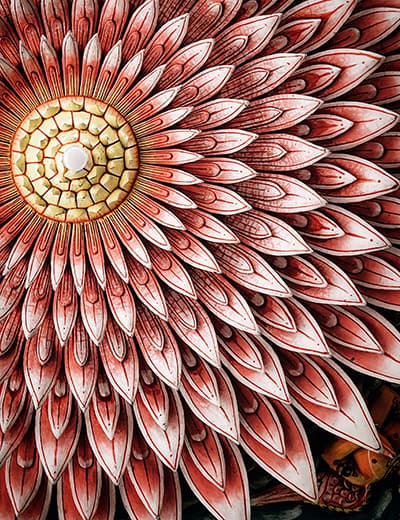
The fingers decide for the body, comparing textures and touch, daring to plunge into thick mixtures that hide the essence of ingredients behind an explosion of senses.

NARRATIVES
TOUCH, AND THEN EAT
North India
On the outdoor table of the restaurant, plates land one by one in an endless rhythm. The waiter first brings crispy papads and savoury vegetable pakoras, fried snacks for the guests to share and dip in fresh mint chutney or hot mango sauce. After the quick appetisers, the table is adorned with thalis, large plates in which compartments respectfully seclude the dishes in their own separate sections.
The waiter starts the main meal by serving a large bowl of white rice, the plain accompaniment appreciated by foreign taste buds unaccustomed to Indian spices. The dal soon comes for the guests to pour in little silver bowls, a brown concoction made of lentils, mysteriously hiding its ingredients behind a thick veil of seasoning. Garlic and onion, a tomato finely chopped, a few green chillies, and seven or eight basic spices. The restaurant itself offers three varieties of dal, each with a unique taste, signature dishes of the chef. The dal also changes greatly from kitchen to kitchen, from region to region, sometimes even becoming unrecognisable. New flavours are created through a mix of spices, natural ingredients transforming into strong flavours, fitting the Rajasthani character. The science lies in finding the right proportions. A man pours his lentils directly on his rice, making it sticky, easier for the hand to grab.
Aloo Jeera, cumin-flavoured potatoes, make a noticed entrance as a delicious aroma emanates from the fresh coriander leaves chopped on top of the dry dish. Paneer, the local cheese, served in a thick yellow sauce, adds some protein to the vegetarian North-Indian thali, a selection of different tastes tuned to perfection. The waiter completes the abundance and variety of the food when he brings koftas, a regional speciality made of fried stuffed potato dough simmered in a sauce. To spice things up, chopped red onions and full green chillies land on the table, tempting only the most experienced hands. In some homes, especially in those of the Rajput caste historically known for hunting, people add some chicken or mutton to the feast. The meat is first marinated in spices and yoghurt for hours, then grilled in the clay oven called tandoor and finally served either dry or in a sauce. For non-vegetarians, spices have a practical advantage: they help preserve the fresh meat from the stifling heat of summer.
Bread, the local fork and knife, arrives on the side plate set on the left of the rich thali. Tonight, naan, the internationally-famous, thick-leavened flatbread, is flavourful. Only just out of the tandoor, brown and fluffy, the soft bread is brushed with melting ghee, making each bite taste smooth, sweet and silken. The right-hand starts its gymnastics, jumping to the left to cut small pieces of naan and then back to the centre to grab a mouthful.
The fingers decide for the body, comparing textures and touch, daring to plunge into thick mixtures that hide the essence of ingredients behind an explosion of senses. After the hand, Indian food tickles the ingenious brain, which is struggling to recognise the abundance of flavours titillating the palate. The quest for ingredients stops as the realisation dawns that in this exotic cuisine, elements blend and transform into an alchemy of tastes, making the original components simply unrecognisable.
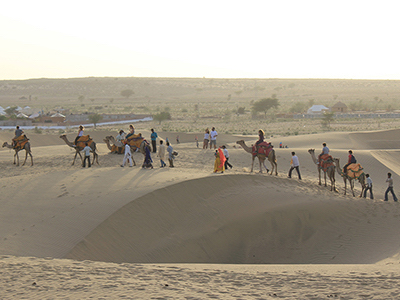
At the edge of the Desert
Sand easily overtakes the careless traveller. Grain by grain, it squeezes slowly between tight lips, it threads its way through...
Narrative • North India
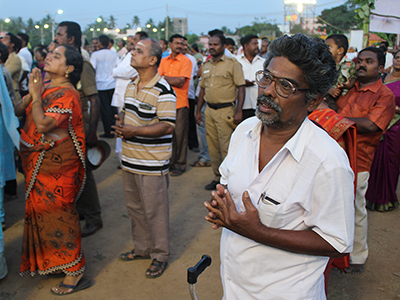
The Celestial Wedding
Somehow, after a journey through India, my perception of humanity becomes clearer; my enthusiasm for life feels renewed. The more...
Narrative • South India

Blueprint of a Dream
To rediscover the legacy of master architects and feel the passion of such creations, we travelled to Chandigarh, Amritsar, and Delhi with Openhouse Magazine...
Behind-The-Scenes • North India
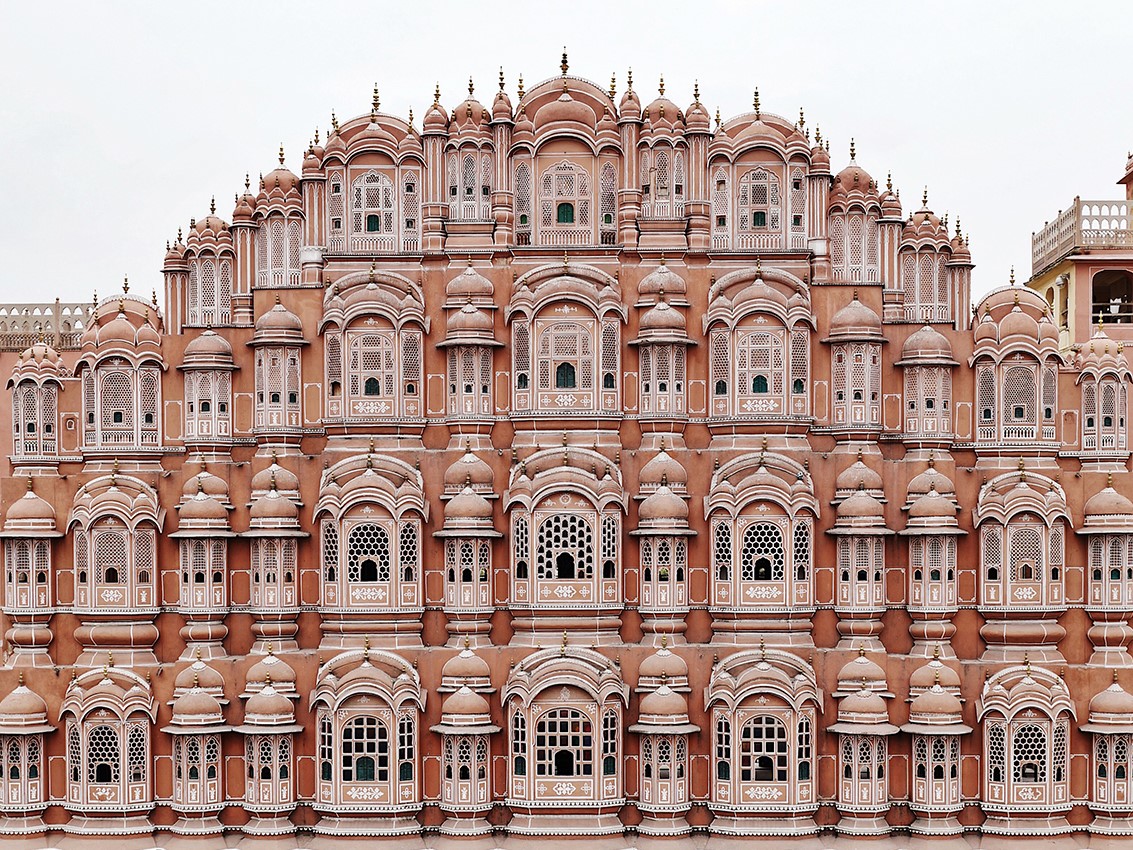
In the Land of Palaces and Kings
This journey explores the rich Rajput and Mughal heritage exemplified by the resplendent architecture of North India...
Bespoke Journey • North India
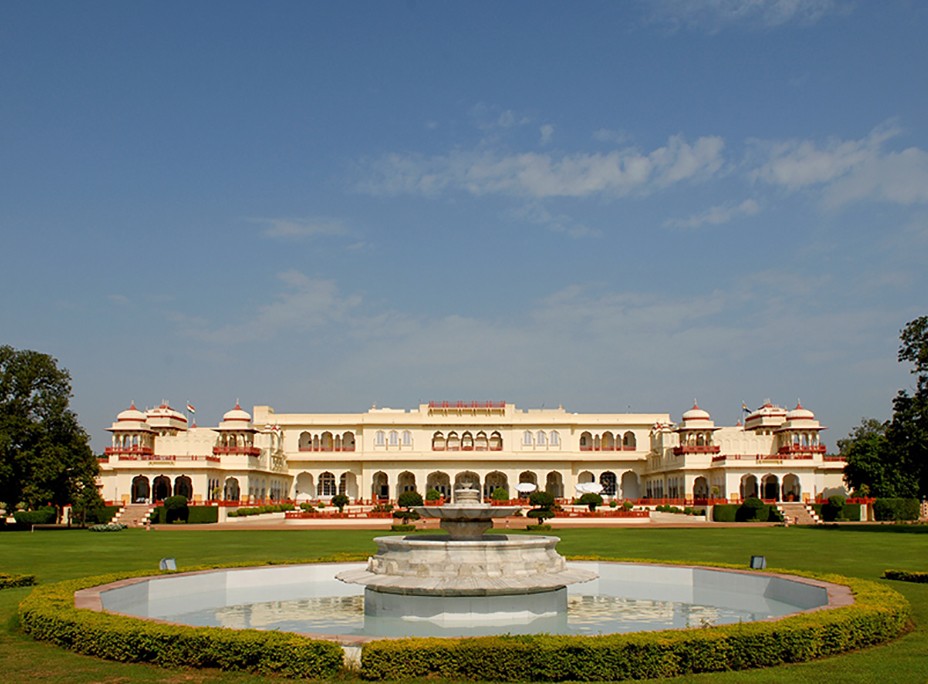
Taj Rambagh Palace
Hailed as the stunning ‘Jewel of Jaipur’, the Taj Rambagh is a palace of transitions. It was built...
Hotel Guide • North India
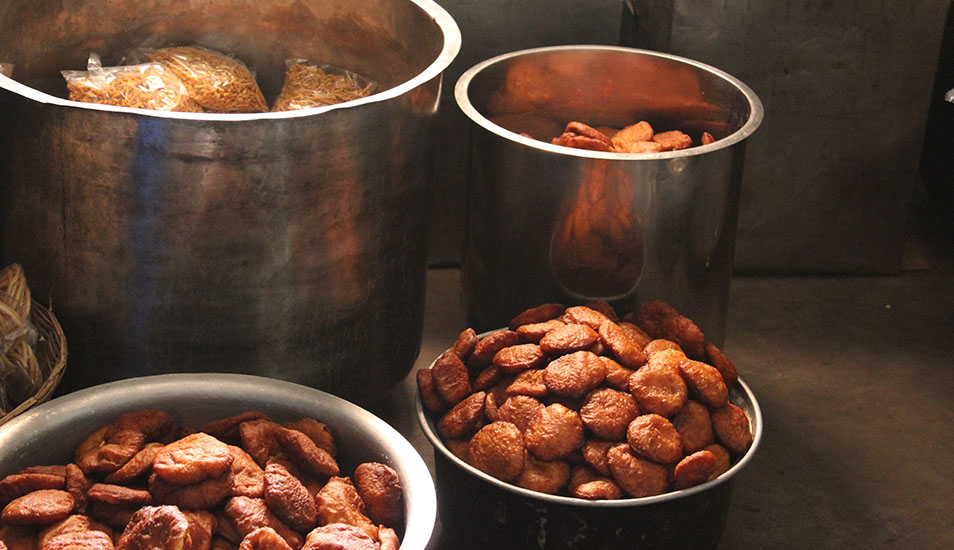
The Home Confectionery
From where I stood, there was no way to guess what was cooking inside the large mansion. From outside the...

